April 14, 2015
Martha O'Kennon
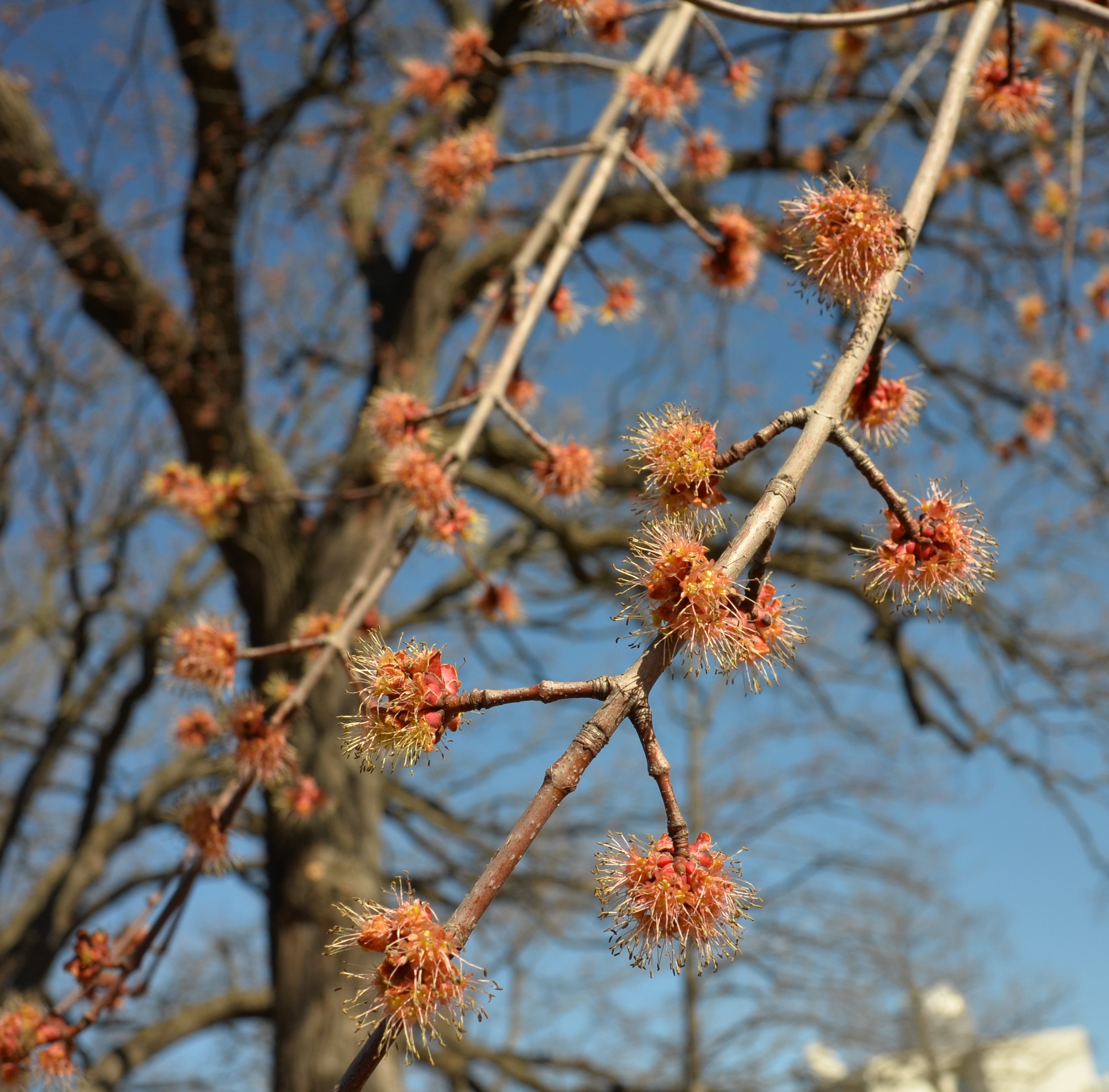

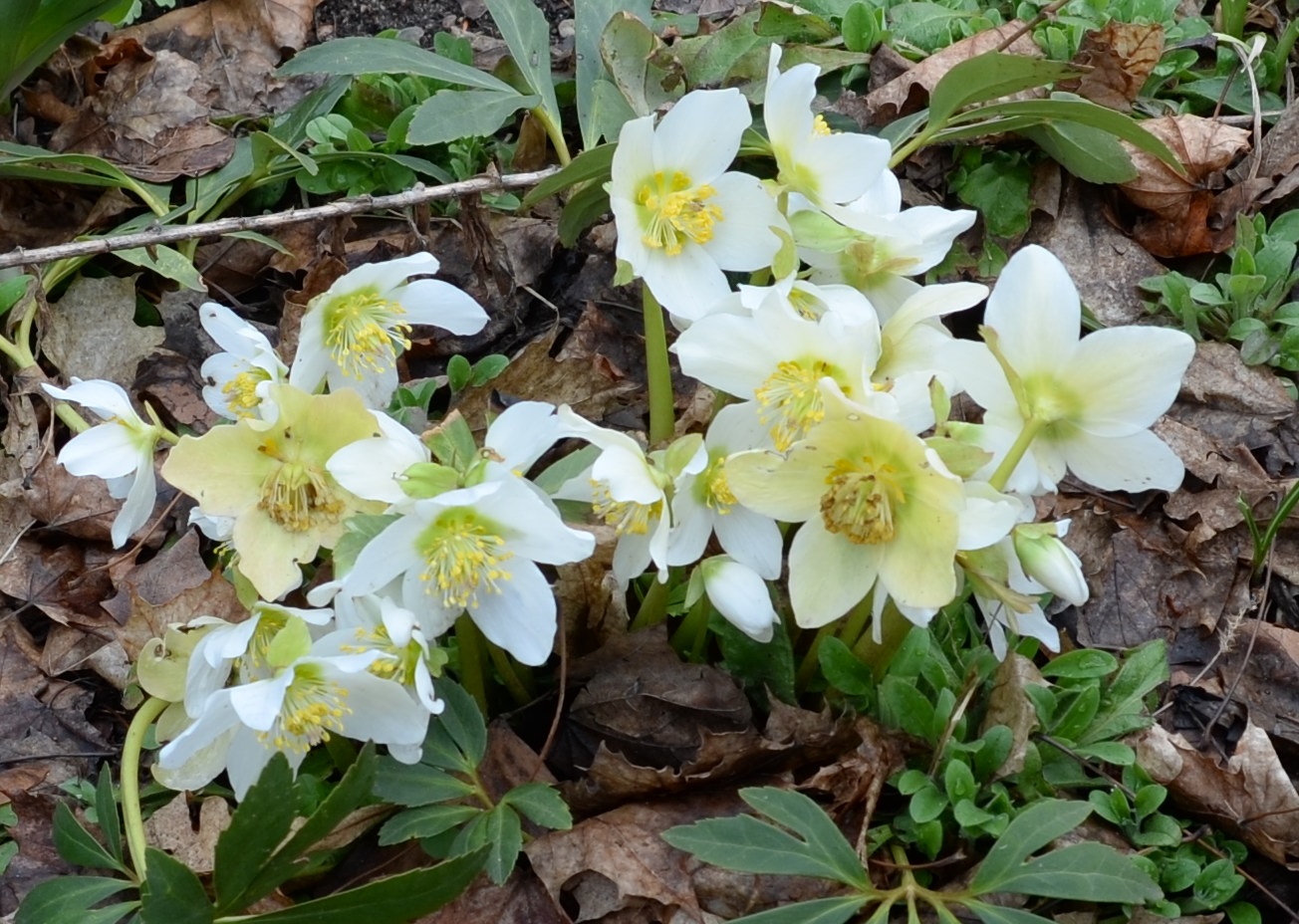
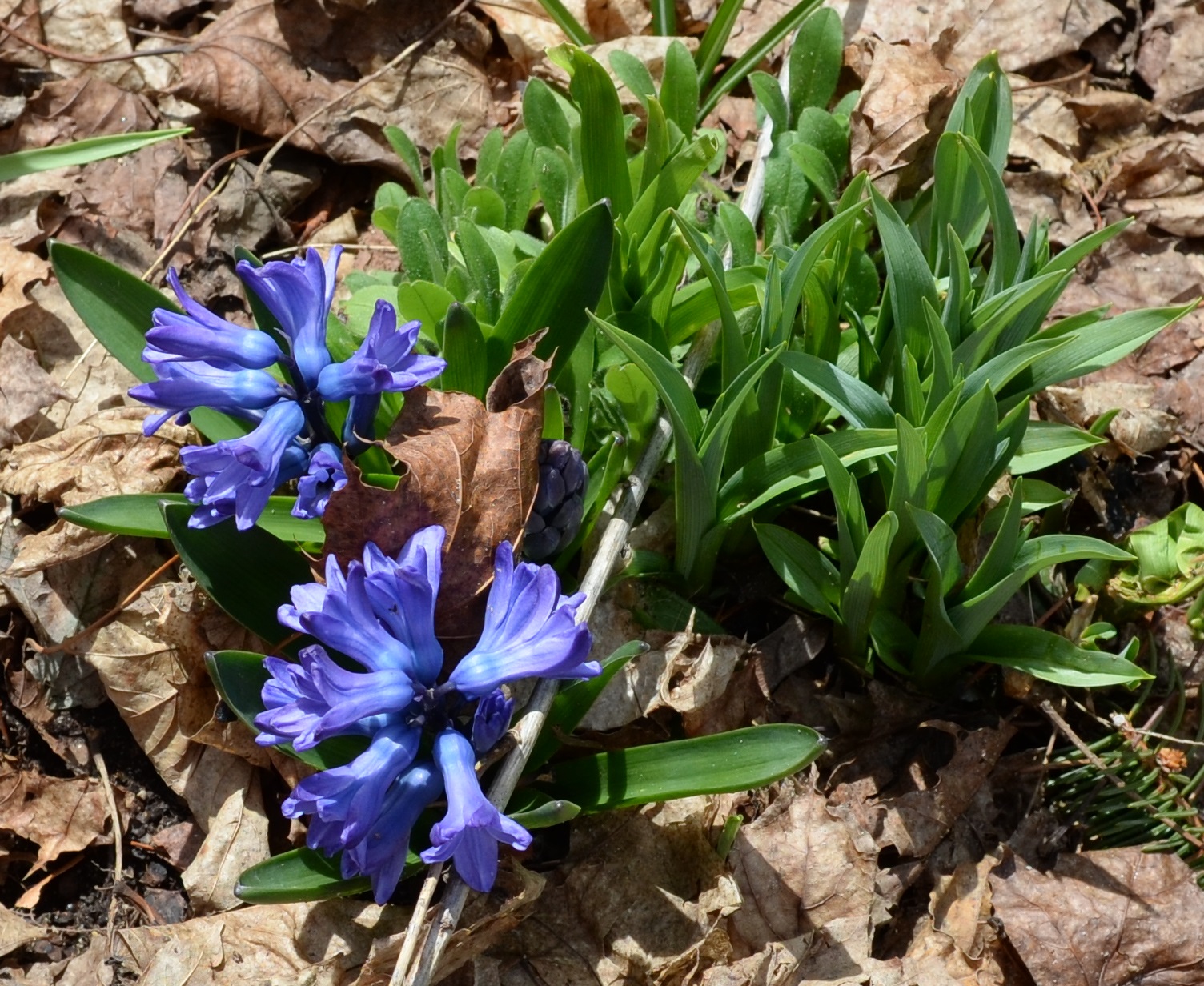
I think this week I'll start out with some non-spiders. Save them for dessert, as it were.
Let's get this one over with - it was dark and rainy but I managed to see something rather large on the wall. Oh yes,
it must have been this big slug. But look, it is gleaming in all sorts of colors. The next one is a little green caterpillar.
It was identified on Bugguide.net as Little White Lichen Moth larva and L.Penner said some interesting things about it, "Clemensia albata
The caterpillars do not eat lichens, they eat a green alga called Protococcus virdis which grows on smooth bark tree trunks like Oak and Birch.
The alga also grows on some lichens, especially Shield lichens Parmelia species (common in Michigan).
So, it may be eating alga off the north side of your shop (that's where it has been for several days). The caterpillars over-winter in 2nd or 3rd stage or instar and continue feeding in the spring.
Mature size about 17 mm long."
On Monday I went over to Goodrich Chapel for my flute lesson, and
right on the back entrance there was this huge wingless insect. shotguneddie at Bugguide explained that this
is the female of one of the geometrids, the ones whose caterpillars are inchworms. The females have no
wings. Here's a moth I had never seen. It is called Semioscopis aurorella. And just in time for press, another
mystery moth. Found him on the outside wall of Biggby's Coffee. This just in: A. Hendrickson of Bugguide.net says it is in the genus Phygalia, one of two species found in Michigan.Last in the mystery category, this large hymenopteran, be it
huge ant or wingless wasp. (I haven't checked him out yet. Who knows, it may be the queen of the ants? ) addendum: J. Trager on
Bugguide.net identified this as "Recently mated, potential queen who has removed her now useelss wings to spend the rest of her life underground."
So she is a False Honey Ant (Prenolepis imparis). I love the wealth of knowledge of the people on this website as well as the patient explanations.
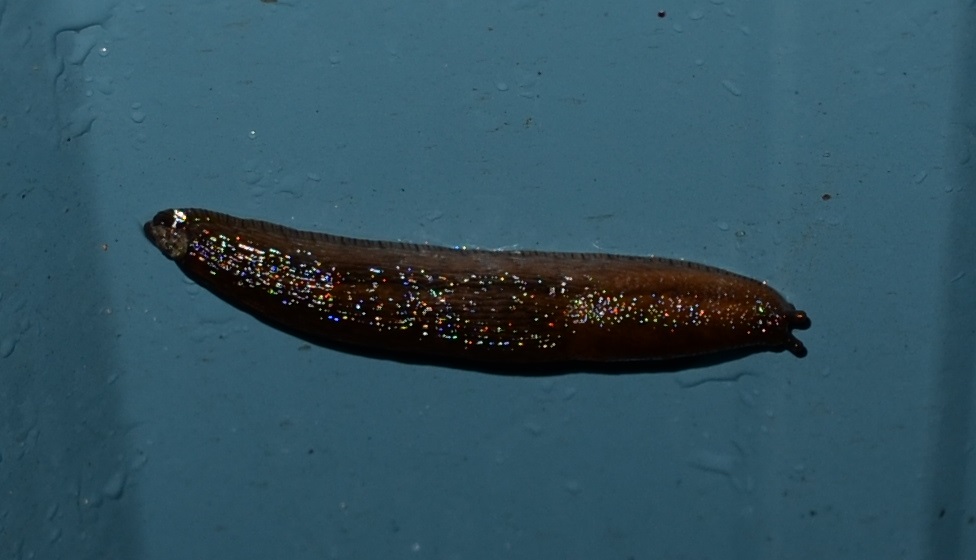

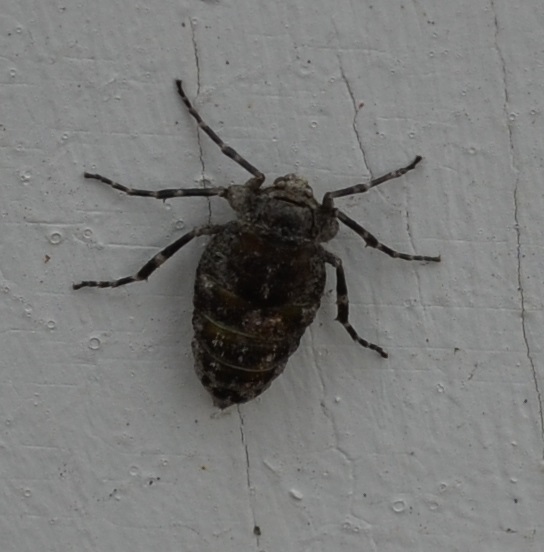
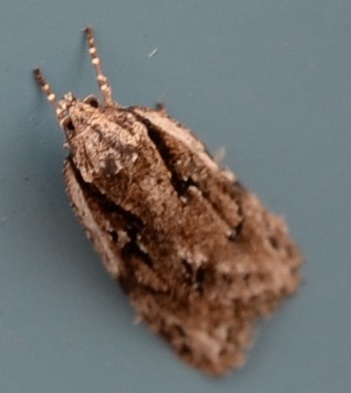
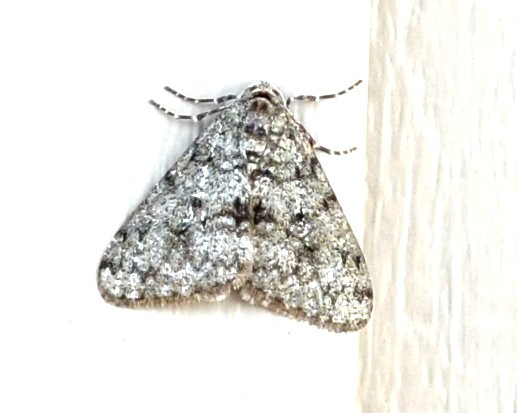

These next three characters are the nymph of an assassin bug, a mysterious fly (unidentified so far),
a pair of bees enjoying each other's company, and same for a pair of spotted-wing flies. It must be that
time of year. Notice how much smaller the rider is than the ridee. I suppose you know that is the rule rather than the
exception in the insect world. The girls are bigger. Sorry this last picture is a bit
fuzzy. The female was running around very fast.
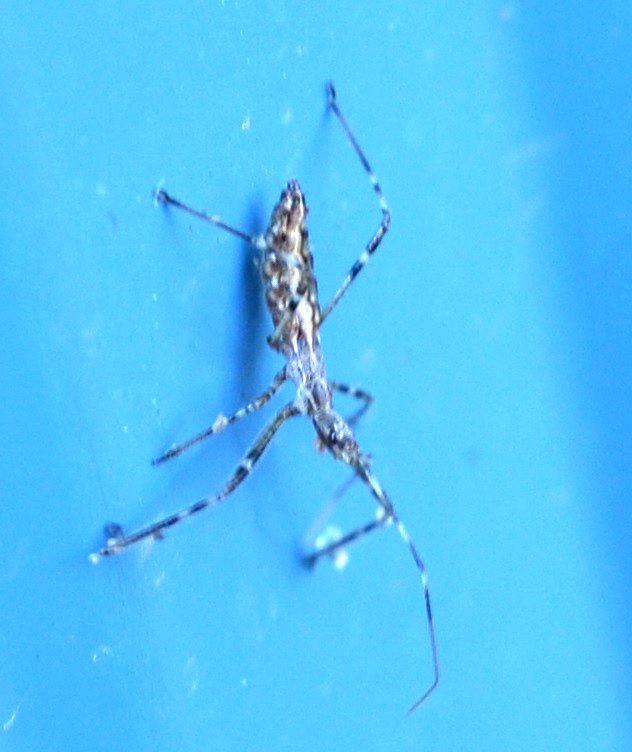
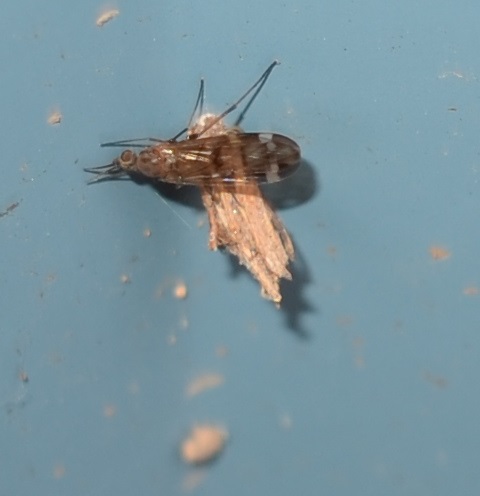
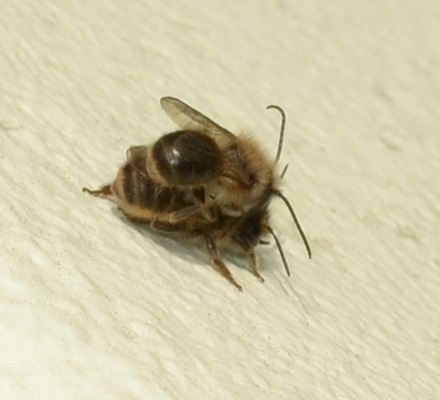
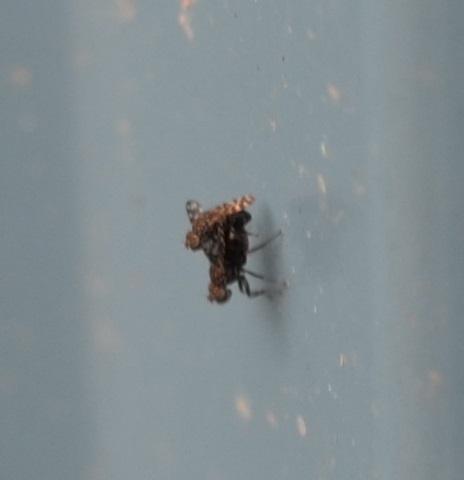


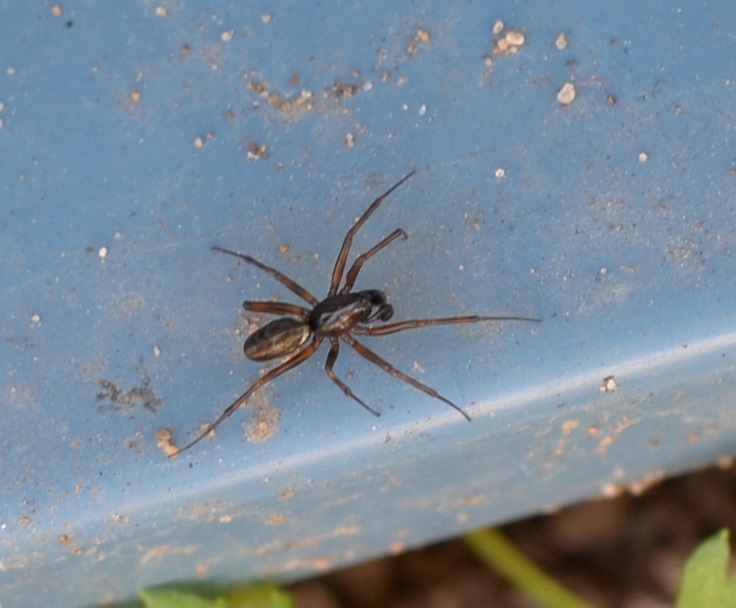
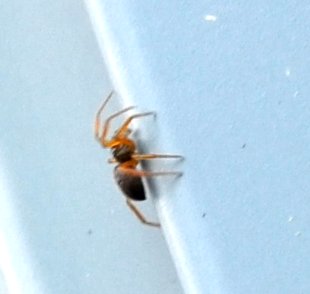
A little more on the amazing long-jawed spider. I've now found four of them on the wall. In the afternoon you might see one with its legs stretched out.
But at night they come to life as they start producing a little webbing and exercise their arms. But this last one
surprised me in the middle of the morning as it glommed onto a small bee it seems and wrapped it up in silk.
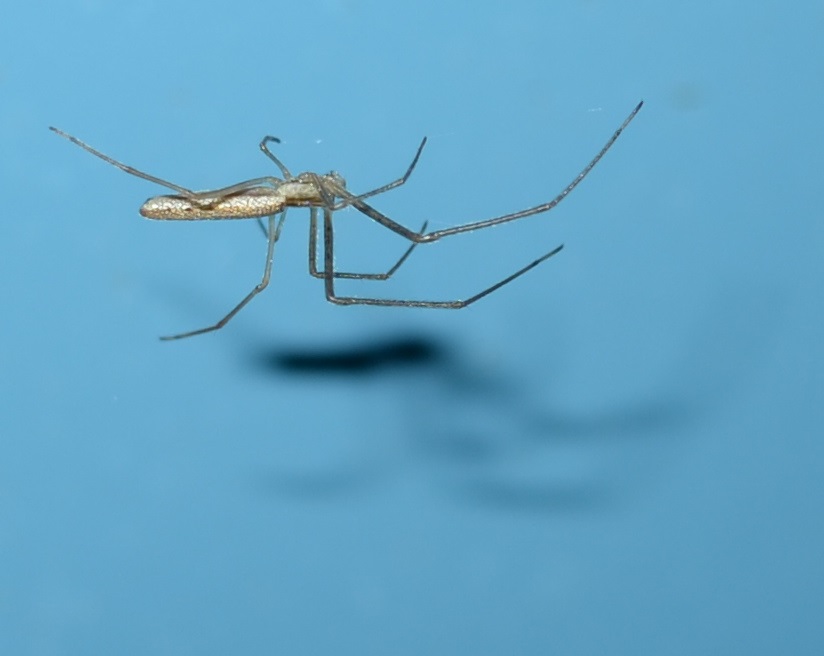
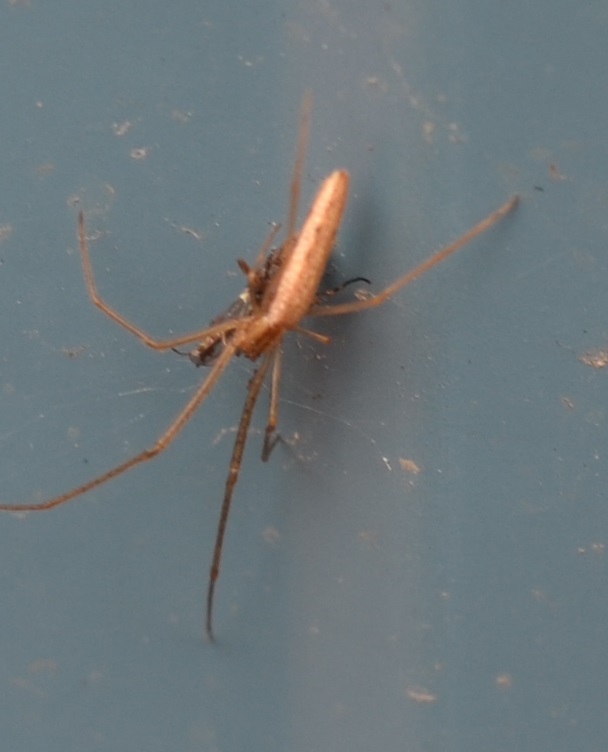
In case you were worried that the other spiders were going hungry, here is a scene from a spider restaurant. The first one seems
to be having a nice juicy ant, and the next has a fly all wrapped up. Finally, you see that the spider doesn't leave
much behind.

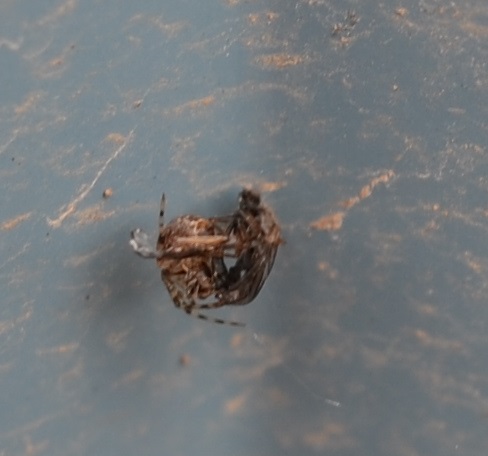
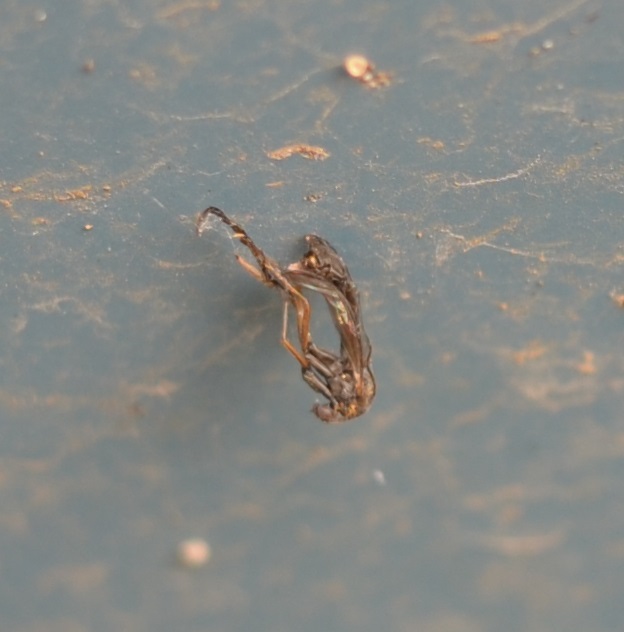
Some of the bigger beasties of the neighborhood: the burr oak tree that the street is named after. What a
wonderful gothic shape! And here are the flowers of the maple in front of the house, red against the sky.
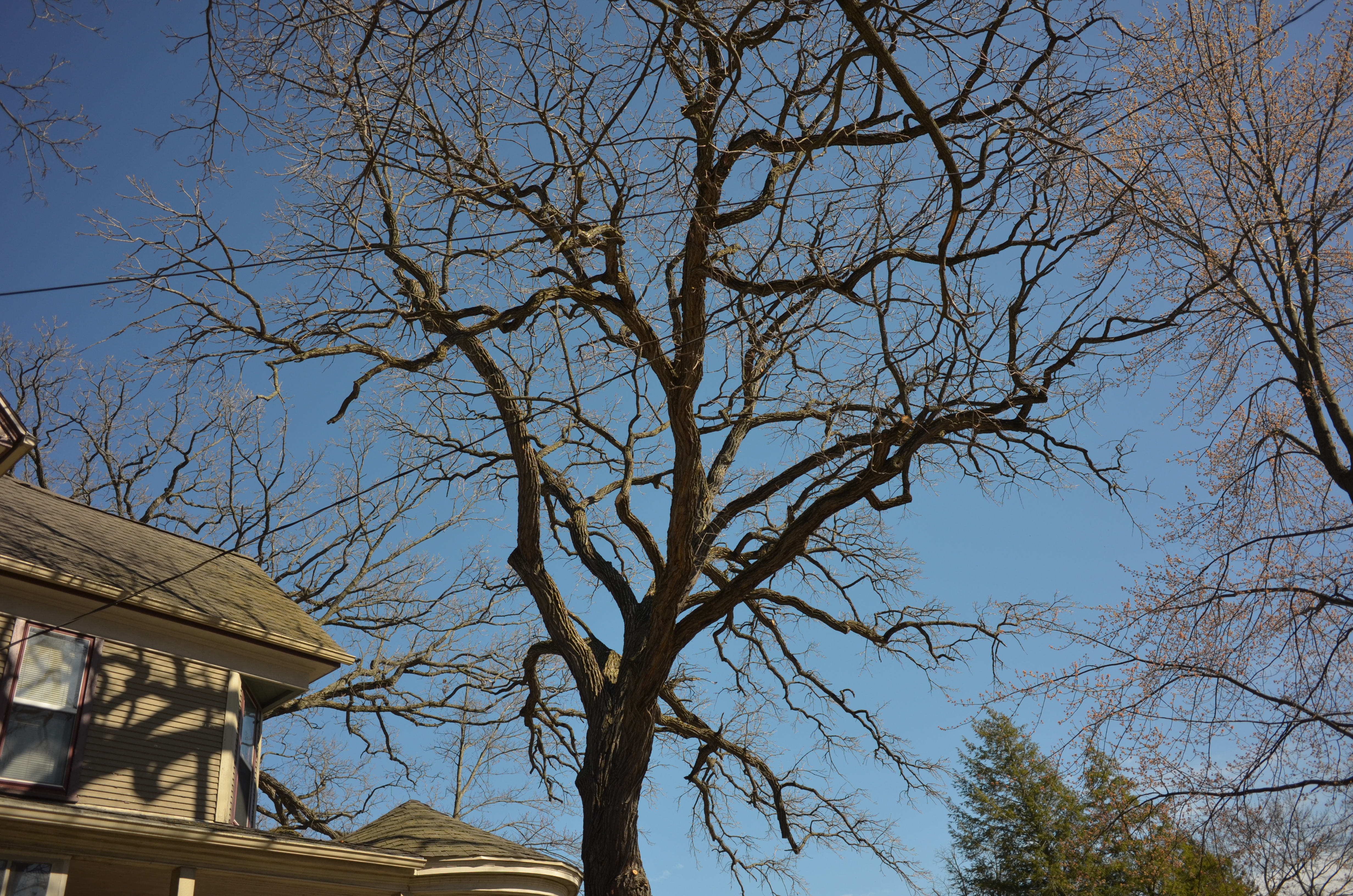
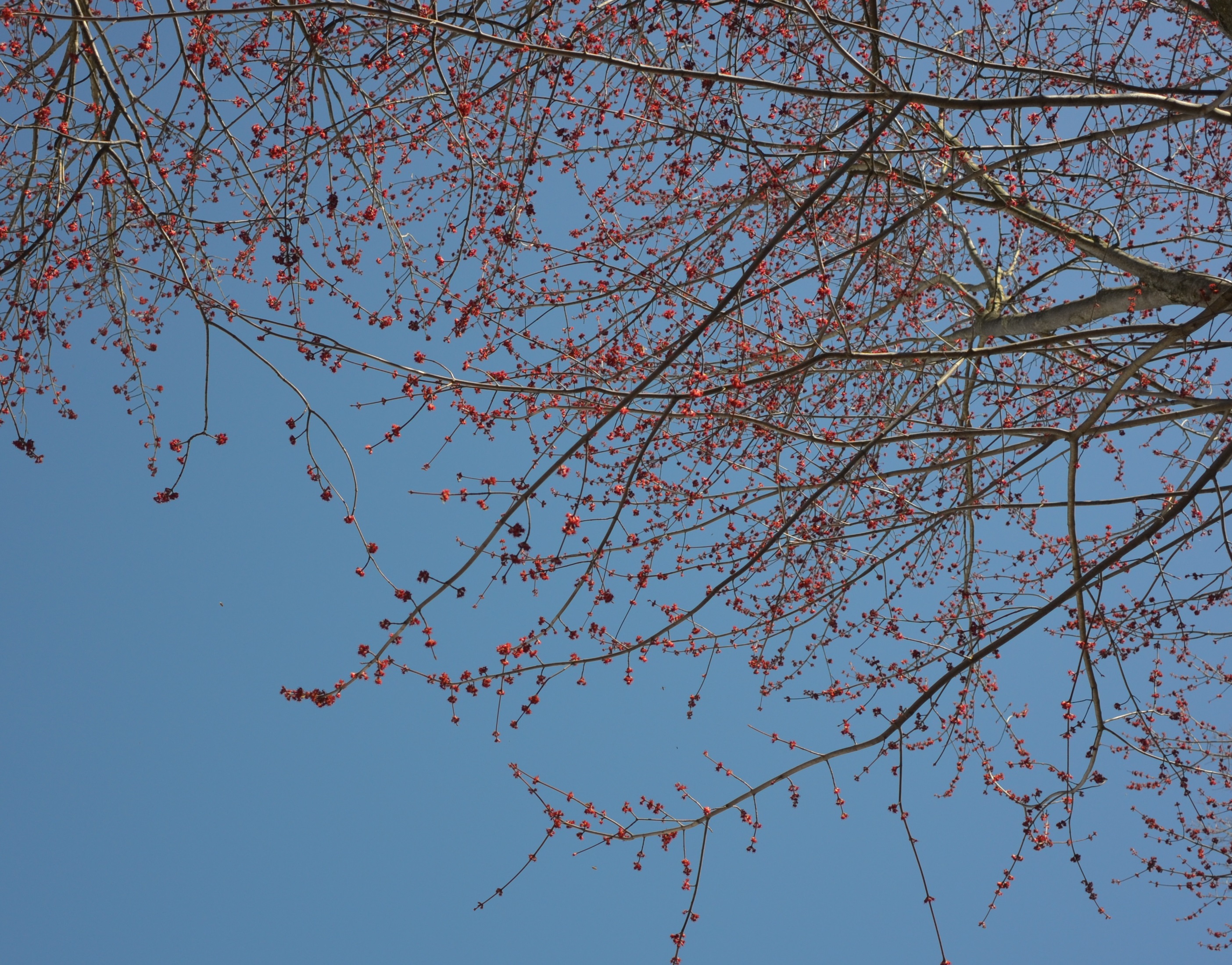
I hope you enjoyed the show. But there is at least one "fact" that is just not true. Can you find it/them?
Back to April 7
On to April 20
Back to 2015 menu
Back to main menu




























